The content of the article
A stone from a date bought in a store can be turned into a spreading and fluffy tree. The height of wild plants is from 12 to 30 m, and domestic - about 2 m. The leaves of indoor specimens are wide, saturated green shade. Date palms grown in apartments never bear fruit, but sometimes delight owners with exotic flowers with a bright characteristic aroma.
Preparing planting material
The fruits from which to extract the stone should be ripe and juicy, without mold, fungus and unpleasant odor. Planting material obtained from spoiled dried fruits does not produce healthy and strong seedlings.
Dates are carefully cut into two and take out the contents. The fruits have oblong seeds of a cylindrical shape, covered with a thick shell of a reddish or purple-brown hue. In length they reach 3-4 cm.
The flesh remaining on the bone is removed with a knife or sandpaper. A sharp object cleans the workpiece from the residues of dates that can rot, and damages the protective capsule. A shell treated with a hard sponge allows water to pass through better.
Seeds begin to germinate in January or February. It will take 3 to 6 months for a thin sprout to break through the protective capsule, which will turn into a tree. Seeds poured with boiling water. Hot water softens the capsule and awakens the core. Planting material is dipped into the Epina solution for a day. The liquid is drained, and the workpiece is transferred to wet gauze. The fabric is folded in several layers to better retain moisture, and placed in a plastic container. You can fill the rag with cotton balls or sawdust. Sphagnum moss, which absorbs a lot of liquid, is also suitable.
Seeds are left in a closed container for 3-4 days. Water is regularly updated. In a stagnant liquid, fungus and mold starts, which damages the bones of dates and destroys future sprouts.
A plastic container is placed on a battery or other heating device. Bones need to be germinated at a temperature of + 30–35 degrees. If done correctly, planting material will swell in 3 days.
Ready seeds, which have increased in size, are planted in pots. The containers are filled with a nutrient substrate. Particular attention is paid to the composition of the soil, because it will provide date bones with vitamins and minerals.
If during the germination of the seeds thinned thin roots, they do not have to be buried in the ground. Such specimens are simply laid out on the ground and wait until they independently fix in the soil.
The composition of the substrate
Dates need loose soil that holds water. In flower shops, a special soil called “Palm” is presented, but you can choose the neutral option - “Universal”. The composition of home soil for growing a date tree includes clay-turf and humus-leafy soil with chopped branches and pieces of bark. Harvesting is recruited at the edge of the forest, in the park or in the garden. It is treated with steam or a strong solution of potassium permanganate to disinfect. Insects, germs and mold spores can live in the soil brought from the summer cottage.
The earth is connected with raw sawdust, peat or sphagnum. Add calcined river sand. The coarse-grained component passes moisture better and does not trap excess fluid in the substrate.
Date seeds can be germinated in peat mixed with turf or clay soil. After the appearance of thin sprouts, the future palm tree is transplanted into a container with sand.
The substrate is poured into small pots or ordinary plastic cups.Several holes are made in the bottom through which excess water should flow. Be sure to pour a thick layer of pebbles, expanded clay, polystyrene or broken clay shards. The material performs a drainage function, protecting the developing plant from stagnation of fluid and mold. To prevent the development of the fungus, charcoal powder is introduced into the substrate. The component absorbs liquid and disinfects the earth.
Soil before planting seeds is carefully moistened. You can add a little vermiculite. Clay mica retains heat and nourishes young shoots. Mineral and organic fertilizers are not used, they only burn unformed roots and slow down the development of the date palm.
Disembarkation and care
The pot is filled with a substrate and a hole is made in the ground with a depth of 6-8 cm. A stone is thrust into the ground vertically and sprinkled. The soil does not need to be compacted. Plastic cups or clay containers are covered with plastic wrap. It retains moisture and creates a tropical climate inside each pot. Flowerpots with future date palms are placed next to the battery. Seeds germinate at a temperature of + 25-30 degrees.
The cups are periodically opened so that condensate does not accumulate on the film, and the earth is saturated with oxygen. The bones awaken and germinate in 1.5–3 months. The first appears a simple thin leaf, and then - a stalk of lancet form. After the formation of the sprouts, the cups with the date palm are rearranged on the southern or eastern windowsill. The tree will need a lot of sun to form a fluffy crown of a saturated green hue. During this period, you need to monitor the roots. They must not crawl out through drainage holes.
A plant that has become cramped in a plastic cup is transplanted into a larger pot. The root system is transferred to a new pot with an earthen lump. Most seedlings die after transplantation due to damaged young shoots.
Date palms should not be grown in a large box or plastic container, and then picked. The procedure is dangerous, so plants can not tolerate it. After separation and damage to the root system, young trees become sick, wither and die, while others become deformed.
When transplanting, plastic cups are carefully cut with sharp scissors. A lump of earth is removed along with the roots and transferred to a clay pot filled with turf and leafy soil mixed with peat and sand.
In the first 2–3 years, only individual green skewers are formed in the plant. Wide leaf plates appear after 5–6 years.
Watering and light mode
Date palms are thermophilic. In summer, the room temperature should not fall below +30 degrees, and in winter it drops to + 17–20. Young trees tolerate heat well, but die due to drought. The soil in which the palm grows must always be moist. In winter, the substrate is sprayed from the sprayer, watered abundantly in summer, and a container of water is placed next to it so that droplets of liquid evaporate and settle on the leaves.
Young plants live on lighted window sills. The pot with the tree is regularly rotated clockwise. The palm crown under uneven illumination and improper distribution of ultraviolet radiation is stretched and deformed, loses its saturated green color and becomes pale.
The date tree is watered only with distilled or melt water. In the liquid from the tap there are many harmful impurities that clog the soil with salts of heavy metals. Rain water is also suitable, but it needs to be defended for at least 2-3 days so that the additives settle to the bottom of the tank.
In summer, the pot with a palm tree is taken out to the balcony or left in the garden, hidden under the taller and more spreading trees. Dates tolerate direct sunlight well, but feel more comfortable in the shade.
Since late spring, mineral fertilizers are added to the soil along with watering. In flower shops they sell options for palm trees, which have all the necessary vitamins and minerals. Date sprouts in the summer and autumn feed 1 time in 10 days. In winter, reduce the amount of recharge. From December to March, top dressing is applied 1 time per month.
In summer, organic fertilizers are used, as well as potassium nitrate. Dissolve in 1 l of water 1 g of the substance. They are introduced into the substrate after heavy watering so that the makeup does not leave burns on the root system. The date palm living in the garden can be fertilized with bird droppings. Use granular options or weak infusions.
Growing a tree from a date seed is easy. First, the seeds are stratified and germinated, then regularly watered and fertilized. Young trees carry out to the sun and fresh air, cut off, tie up and protect from a spider mite, scutellum and mealybug. If you constantly look after and take care of the date palm, it will become tall and fluffy, and one day it will delight you with exotic buds.
Video: how to grow a date palm


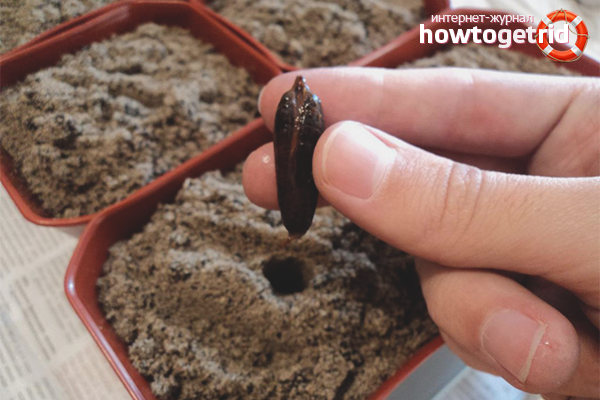
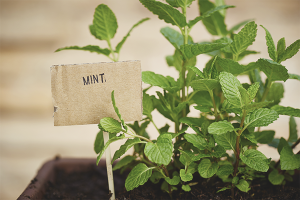
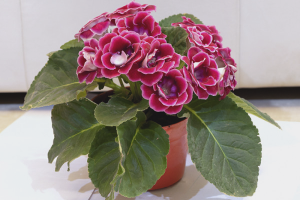
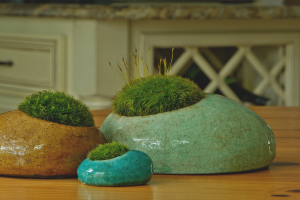
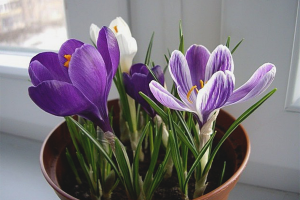

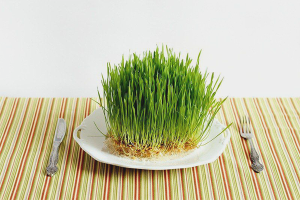
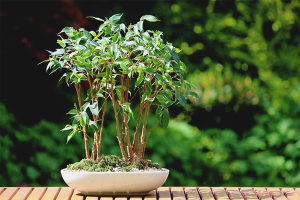
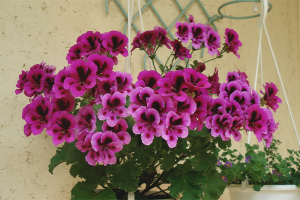
Submit